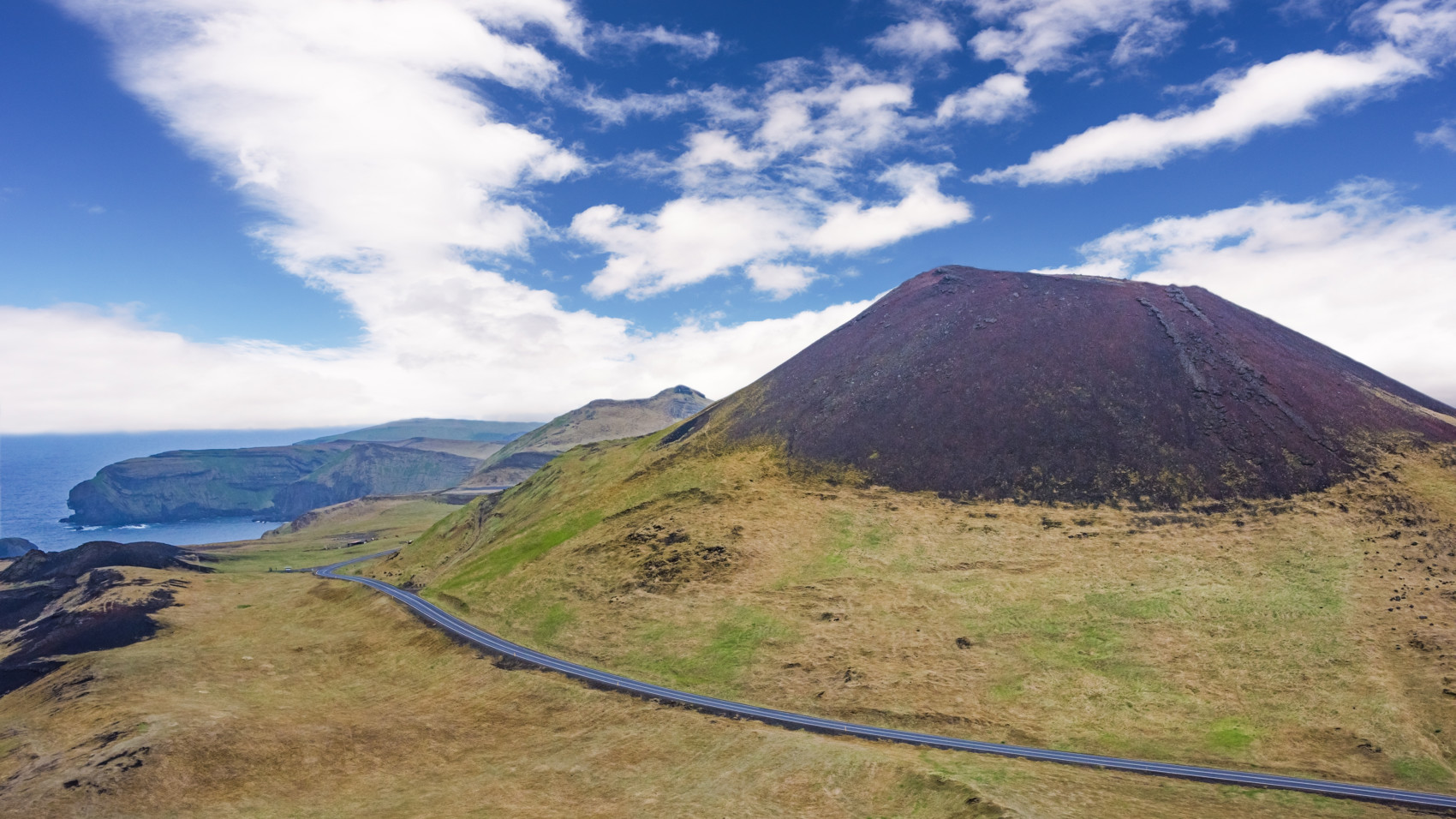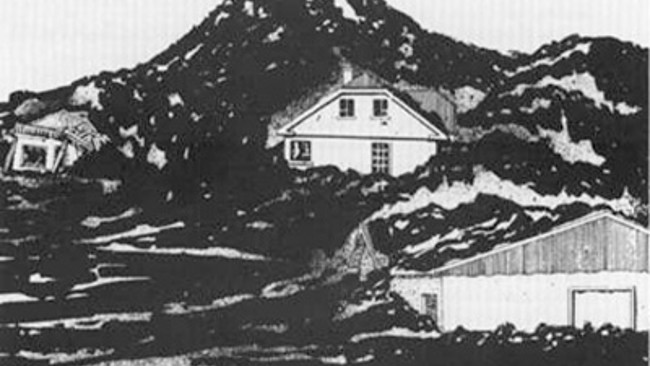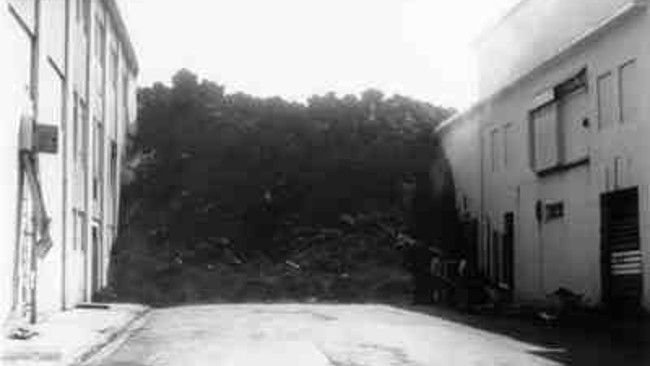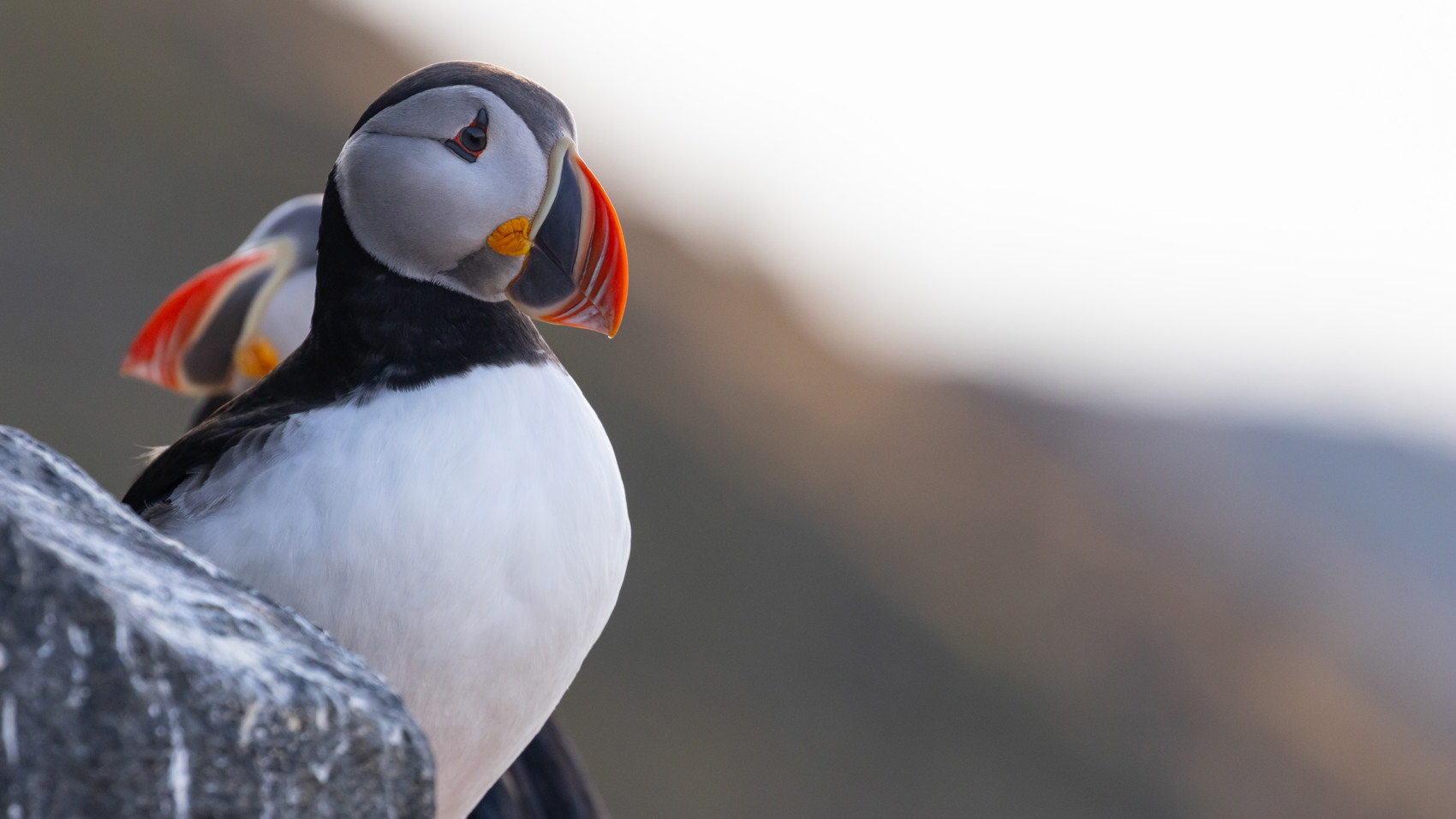One of our trips to East Greenland and the magnificent Sermilik Fjord includes a full day excursion to the scenic Westman Islands. Situated just south of Iceland's south coast, the archipelago is a unique creation with dramatic landscapes and a history so compelling it could be straight out of an ancient tale. It's also one of the best places in the world to see puffins.


The Westman Islands miraculously emerged from the depths of the ocean thousands of years ago as the result of a spectacular underwater volcanic eruption. Since then, the forces of nature have continued to shape the character and distinctive landscape of the archipelago.
The volcanic eruption on Heimaey
The only inhabited island of Heimaey (Hemön), with the small town of the same name, is a living reminder of the unpredictable forces of nature. In 1973, the island was the scene of one of the most dramatic volcanic eruptions in modern times when the Eldfell volcano unexpectedly came to life. The event transformed Heimaey overnight, as lava and ash buried parts of the small town and forced the entire population of 5 300 people to evacuate to the mainland. The volcanic eruption lasted five months and resulted in the loss of 400 buildings, the poisoning of agriculture, and the slaughter of all livestock.
In the aftermath of the eruption, the Icelandic authorities worked quickly to make the island habitable again so that the population could gradually return. About half of the original inhabitants returned, while the rest were new arrivals. Both the population and the landscape were fundamentally changed. The lava also caused the city to move westwards, and areas that had previously been unpopular began to be developed. New urban planning led to the creation of a number of restaurants and cafés, which are now popular and bring life to the city. The harbour, ironically, became better than it was before, as the lava that formed made the inlet more protected during storms. Today, in addition to being a fishing community, the Westman Islands are a popular tourist destination. The unique nature and history are the main attractions.




Pompeii of the North
Archaeologists have now unearthed the remains of the buildings buried during the eruption, earning the island the nickname 'Pompeii of the North'. A visit to the Eldheimar Museum provides a fascinating insight into the events surrounding the eruption. The museum is integrated with the excavation site and displays houses that have been preserved in the condition they were in when the inhabitants were evacuated. There is also the opportunity to hike to the top of the volcano, where the ground is still warm in some places. On clear days you are rewarded with spectacular views of the island and the surrounding sea.
Surtsey - the world's youngest island
The latest addition to the 15 islands - Surtsey - was created in 1963 in a similar way to the original archipelago. A fisherman saw a column of smoke and thought it was smoke from burning boats. But in fact it was an eruption from an underwater volcano whose lava was quickly cooled by the sea water. Within days, a new island had formed. Volcanic activity continued in the area for three and a half years, creating several small islands that later eroded away, but Surtsey remained. When the eruptions stopped in June 1967, the island was almost three square kilometres in size and rose 174 metres above sea level. Since 1965, the island has been strictly protected from human impact, with limited access for scientists, making Surtsey a unique place to study how life establishes itself on new land. The island has attracted microorganisms, plants and a variety of wildlife, including 89 species of birds and seals.


Puffin watching
The cliffs around the Westman Islands attract a large population of puffins to nest each year, placing the islands among the world's top locations for viewing this beloved species. With its characteristic appearance and swaying gait, the charming puffin, known for its fine features, has become a great favourite with birdwatchers as well as photographers and writers. We hope to see some of them during our visit. Read more about the puffin here.
More exciting history
In the 17th century, an unexpected horror swept across the Westman Islands, a terrifying chapter that would later be known as the 'The Turkish Abductions'. Nearly 400 Icelanders, 250 of them from these very islands, were kidnapped from their homes by Algerian pirates. They were taken across the open sea, far from the barren Nordic landscape, to be sold as slaves in the markets of North Africa.
The Westman Islands are home to valuable historical remains from the Viking Age, such as Herjlofstown – a reconstruction of the house said to have been the home of Herjolfur Bardarson, Iceland's first Norwegian settler.
The beautiful stave church in the harbour was a gift from Norway to Iceland in 2000 to celebrate the millennium of Christianity on the island. This is the only stave church in Iceland and stands as a monument to the deep historical and cultural connection between the Nordic countries. The stave church stands on an area created after the lava flow of 1973.
Magnificent views
On a clear day you can see the beautiful south coast of Iceland, including the volcano Eyjafjallajökull and one of Iceland's largest glaciers, Myrdalsjökull.

